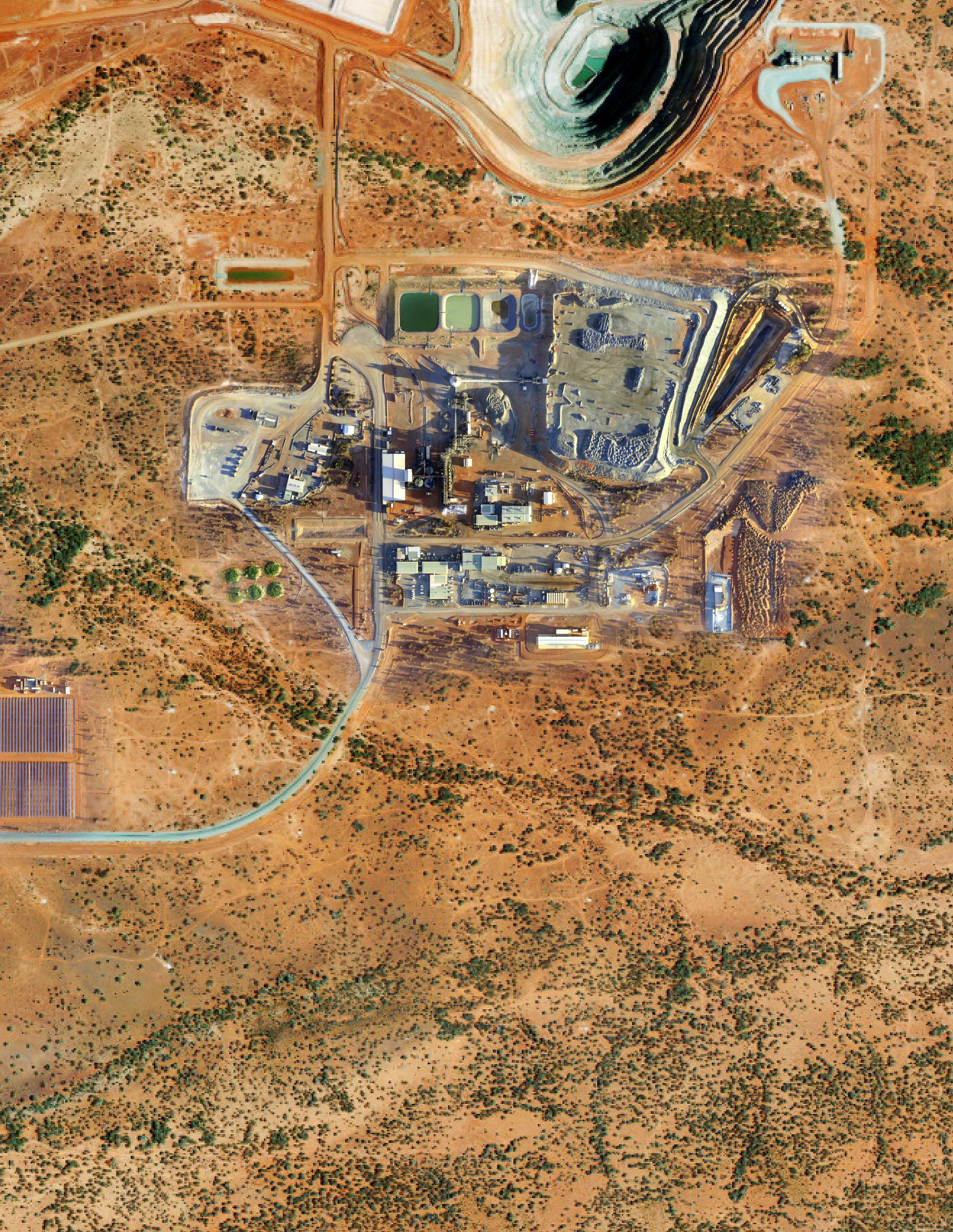
3 minute read
Renewables at the Forefront
interview
RENEWABLES AT THE FOREFRONT. Interview with Dave Manning, Head of Hybrid, juwi Renewable Energy
Advertisement
MELODIE MICHEL Reporter, Energy and Mines


Dave Manning, Head of Hybrid, juwi Renewable Energy
The renewable energy transition is accelerating, and the mining sector’s focus on decarbonization and fleet electrification is only intensifying this trend. Juwi is a leader in renewable energy integration: in Australia alone, the company recently completed a 4 MW solar project in the Agnew Gold Mine for Goldfields in Western Australia (WA), increased fuel savings at the 10 MW DeGrussa Project (also in WA) thanks to the next level of hybrid optimization, and is well underway with a 500 kW solar/vanadium battery/diesel project on a remote island on the Great Barrier Reef in Queensland. In Africa, juwi has been awarded a letter of intent for a 7.5 MW PV project in Senegal with a tier one mining company, and is undertaking a detailed study for a 50-60 MW project with Orion Minerals in South Africa.
Energy and Mines speaks to Dave Manning, Global Head of Hybrid at juwi Renewable Energy, about the lessons learned from these recent projects and where the renewable transition is heading next.
Energy and Mines: What is changing in terms of the conversations you’re having the mining operators around power generation options and priorities?
DM: Almost every tender that has been released in the past year has contained a hybrid power option. Solar and wind are now at the forefront of most of the mining sector, and battery systems are now starting to be accepted as a viable option for spinning reserve.
E&M: What are the main factors supporting the economics for renewables and/or storage integration?
DM: The cost of batteries has reduced significantly over the last few years, and solar system pricing is at an all-time low. Most miners are also now forecasting a price on carbon, and expect to see further financial benefits by having renewables as part of their energy mix.
DM: The high upfront capital cost of renewables can have a significant impact on the ability to raise capital on a mining project. In situations where the mine site wants to own the power generation assets, this can be a hurdle.
E&M: What types of commercial arrangements are most attractive for these projects?
DM: We are seeing a mix of Engineering Procurement Construction (EPC) and Independent Power Production (IPP) arrangements these days, with EPC being the preferred option where the mining company is established, has a positive cash flow and a strong balance sheet.
E&M: How is the increased focus on decarbonization changing the business case for renewable energy?
DM: Carbon reduction is becoming a significant discussion point when mining companies are trying to raise capital, and to get a project off the ground. Brownfield projects are finding that adding carbon reduction to their environmental policy has many benefits, beyond the existing cost reduction and price stability that solar and wind provide.
E&M: One of the key areas for mining operators is replacing diesel use in heavy-haulage vehicles and underground equipment. This will significantly increase their load demand and will have to be powered by renewables. Are renewables ready to meet this demand - are you having conversations with miners about their decarbonization goals for trucks and equipment?
DM: This is indeed a very important area for us and we are working on projects that include electrified fleets. The increased demand from electrification of underground fleet is making renewables even more cost-effective because of two key factors:
1) An electrified fleet adds batteries to the system and these can act as dispatchable loads
2) It increases economies of scale. Put simply, the higher the demand, the lower the cost per kWh.
E&M: How is the adoption of renewables changing the way mines plan new operations?
DM: Renewables don’t require a great deal of additional planning in the early stages of development, however many mine sites are now looking at land access and clearance areas to allow for PV farms and wind turbines .
E&M: What are the challenges and benefits of designing a mine to be powered largely by renewables?
DM: The biggest benefit is the cost reduction and ability to reduce their carbon footprint. Another important benefit is energy price certainty. The mine reduces its exposure to oil price or electricity price volatility. Battery technology is increasing the reliability of the power supply, and allowing thermal assets, when required, to operate more efficiently.
E&M: How does moving to a high penetration of renewables change capex requirements and opex savings over the life of mine — do the economics make sense?
DM: Put simply, the higher the renewable energy contribution, the lower the costs over both the short and medium term. The challenge is finding an investor or an IPP who is willing to take the capex risk on a resource that fluctuates regularly.
E&M: Which energy milestone will be realized first: fully-electric mines, decarbonized fleets or 100% renewable energy-powered operations?
DM: We are already starting to see mines transition to fully electric operations, as there are multiple benefits. The economics of a 100% renewable energy site are almost there, and with the introduction of hydrogen, we are almost certainly going to see 100% renewable energy-powered operations in the near future. If I was a betting man, I would be placing one chip on Black (all electric), the other on Red (100% renewable).



